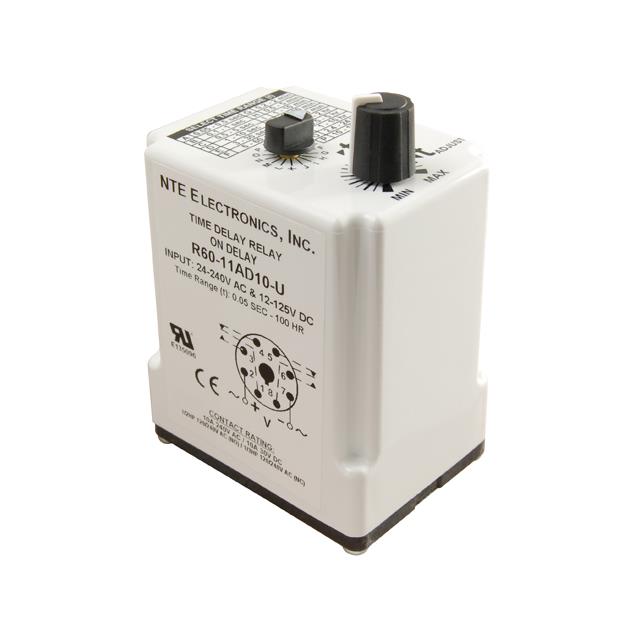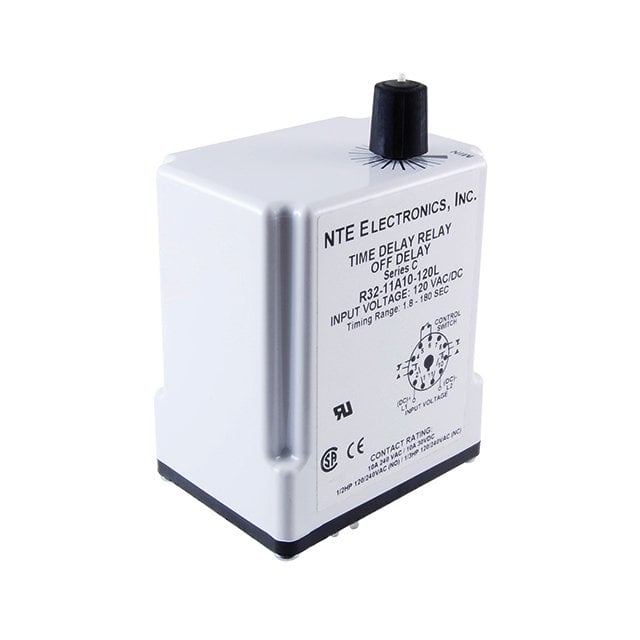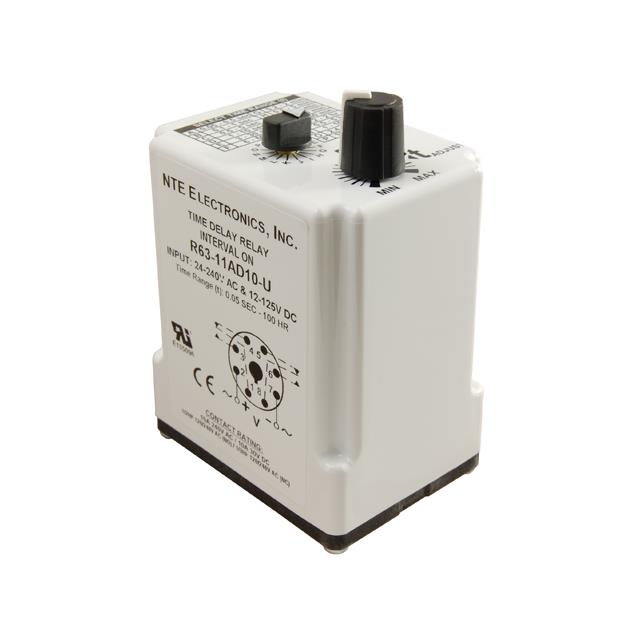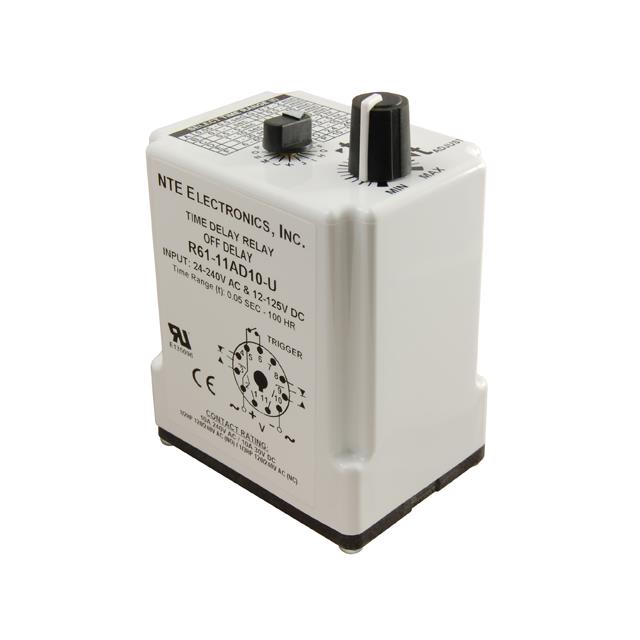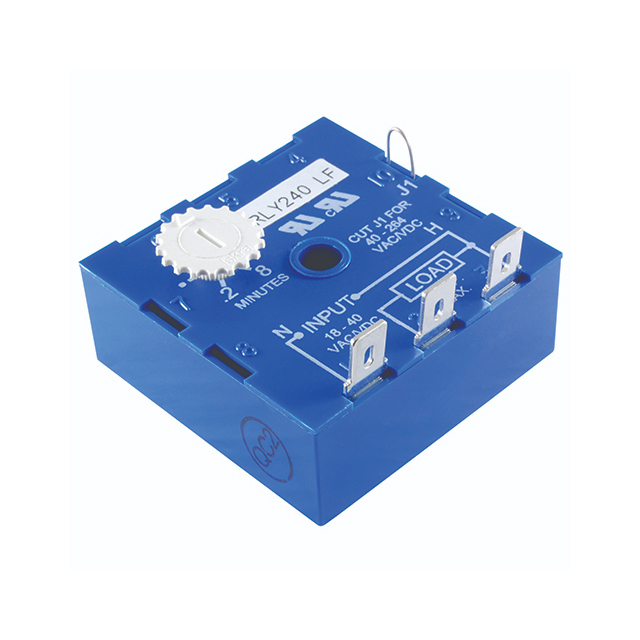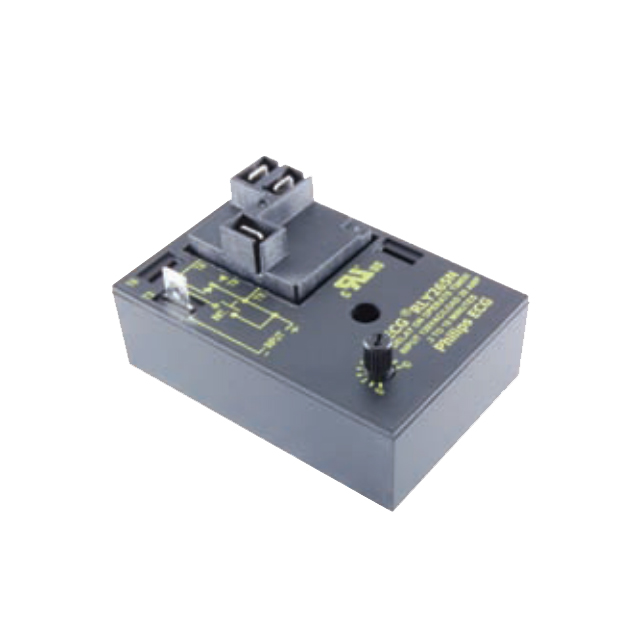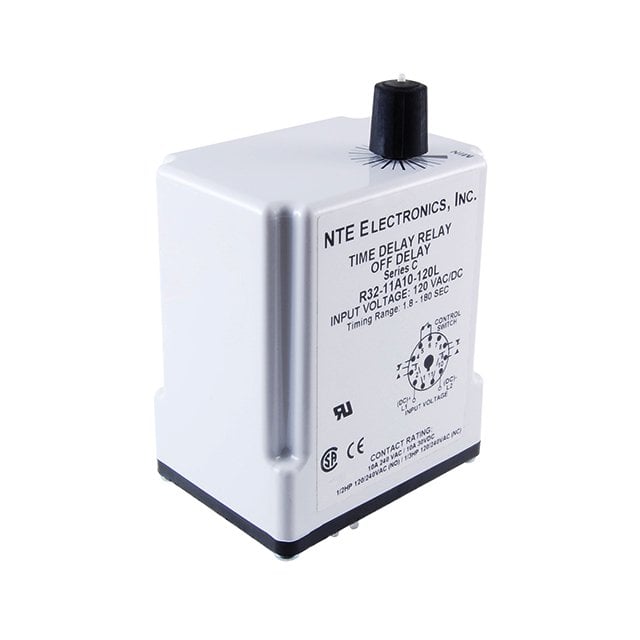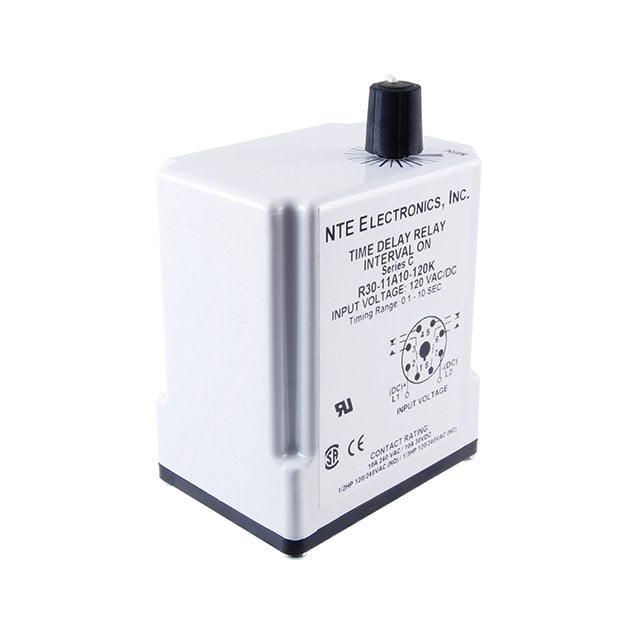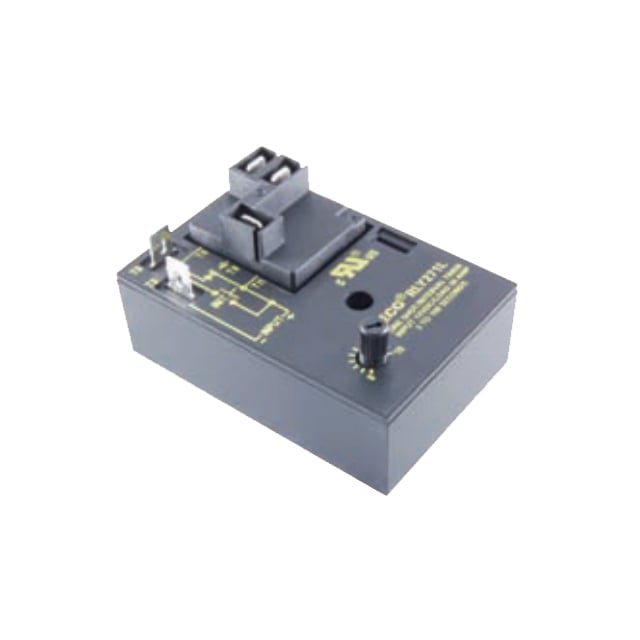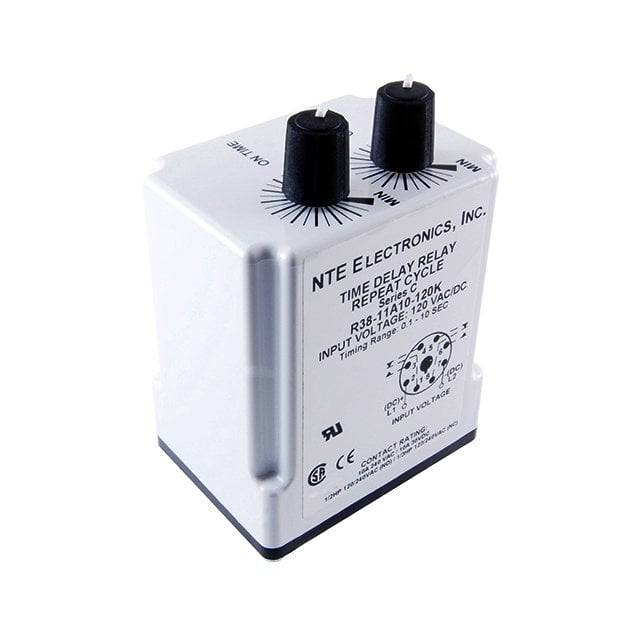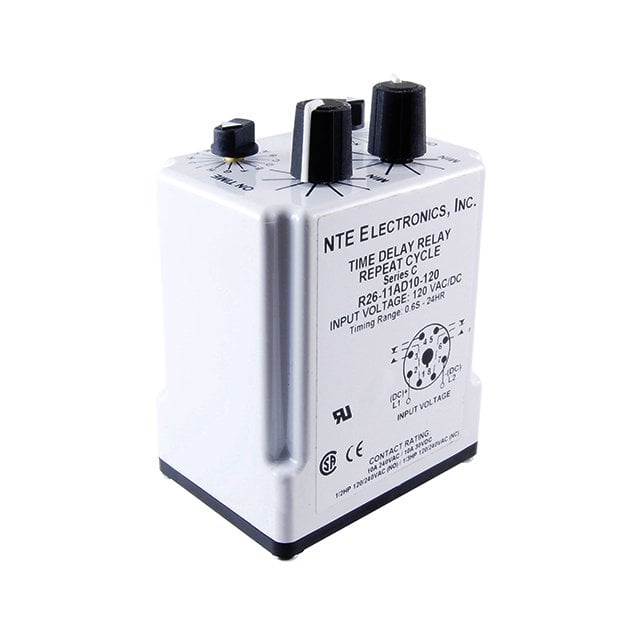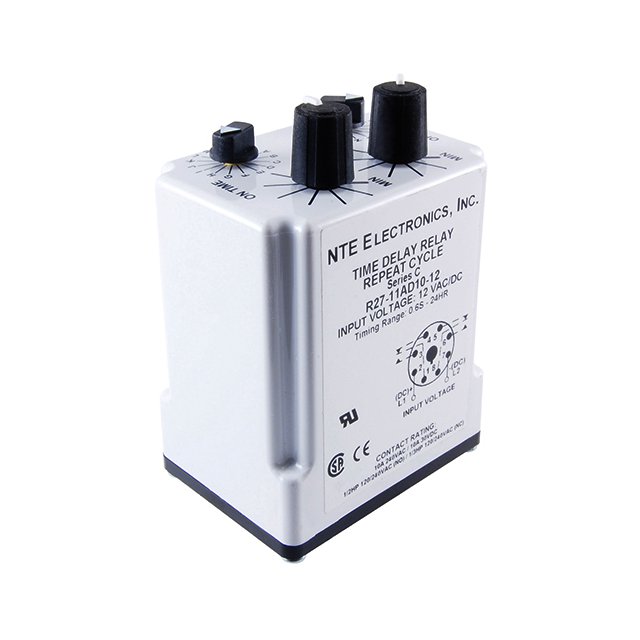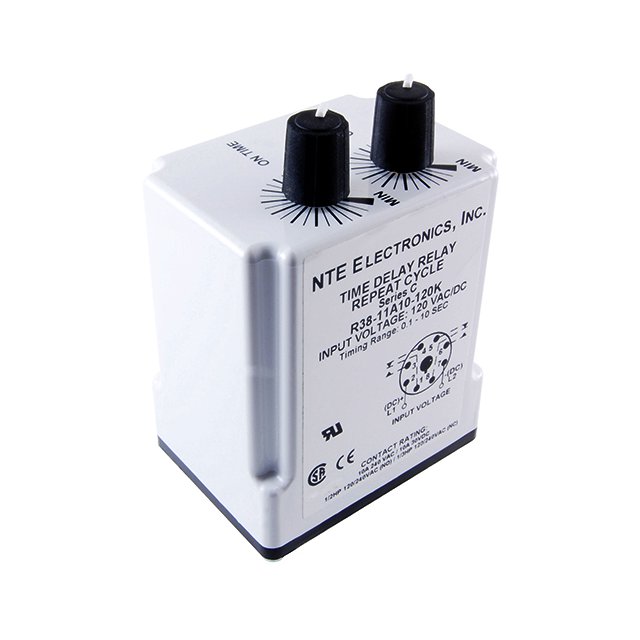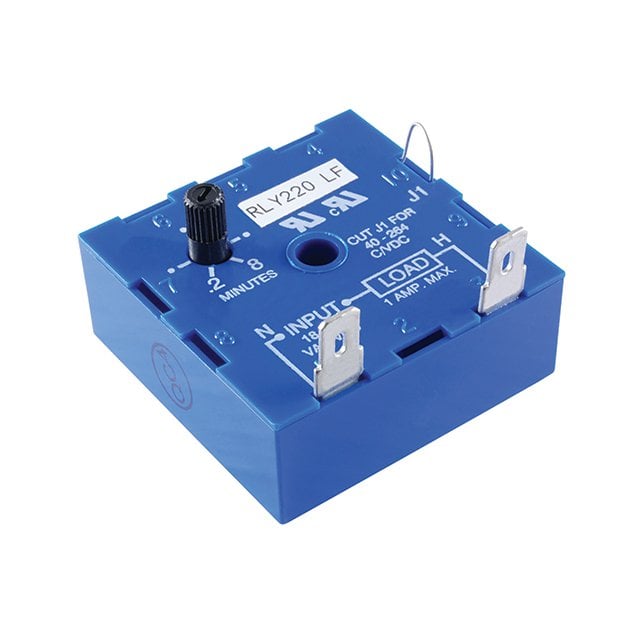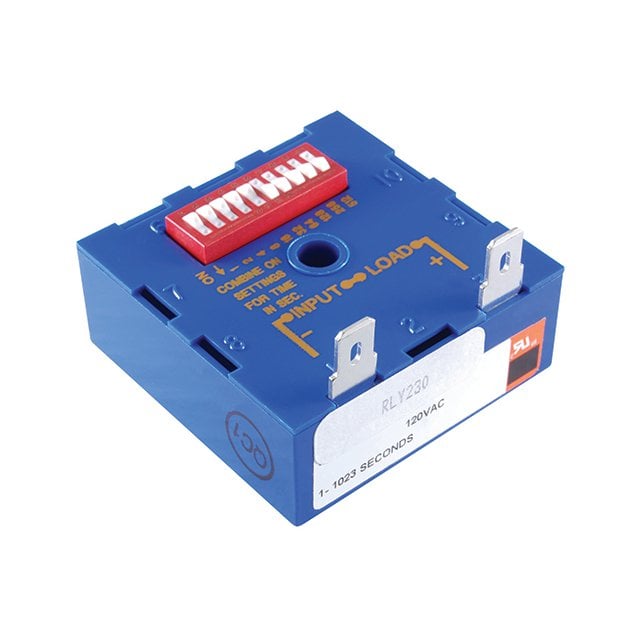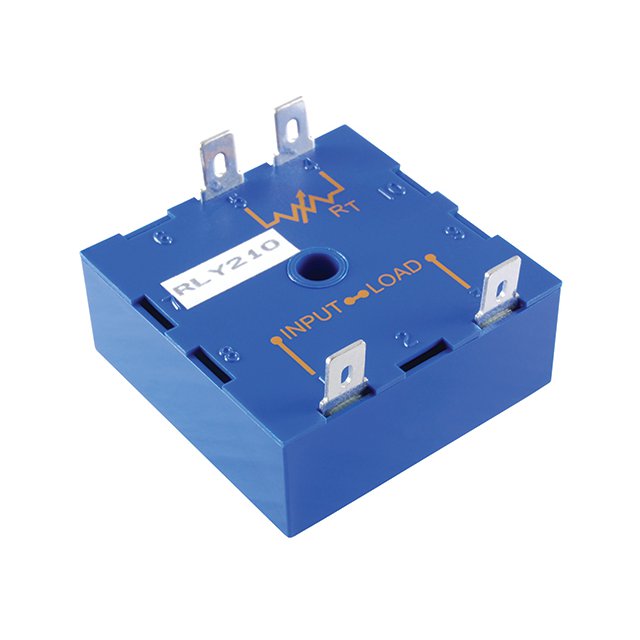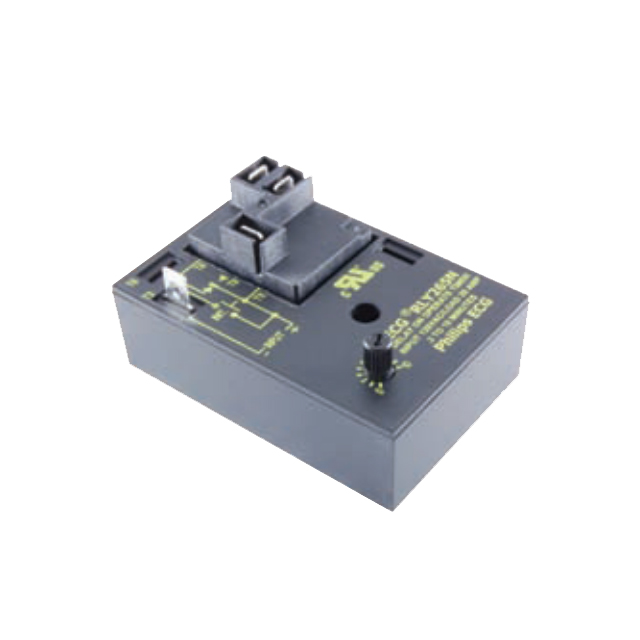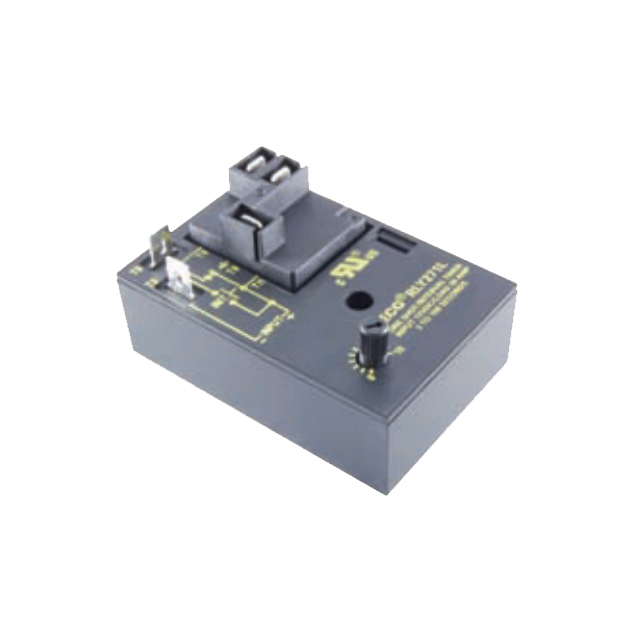
NTE Electronics, Inc.
NTE Electronics, Inc. is a prominent manufacturer and supplier of electronic components and accessories. With a history spanning over 40 years, the company has established itself as a trusted provider of high-quality products in the electronics industry. NTE offers a comprehensive range of electronic components, including semiconductors, resistors, capacitors, switches, relays, connectors, and more. These components are widely used in various applications, such as automotive, industrial, consumer electronics, and telecommunications. NTE focuses on delivering reliable and innovative solutions to meet the evolving needs of its customers. The company's commitment to quality is evident through its rigorous testing procedures and compliance with industry standards. NTE also offers value-added services like custom manufacturing, engineering support, and inventory management solutions to assist customers in optimizing their supply chain. With a global distribution network, NTE ensures efficient and timely delivery of its products worldwide. Overall, NTE Electronics, Inc. is recognized for its extensive product portfolio, exceptional quality, and customer-centric approach, making it a preferred choice for electronic components among professionals and hobbyists alike.
Time Delay Relays
Results:
37
Series
Voltage - Supply
Delay Time
Function
Timing Adjustment Method
Timing Initiate Method
Termination Style
Contact Rating @ Voltage
Mounting Type
Circuit
Relay Type
Results remaining:37
Applied Filters:
NTE Electronics, Inc.
About Time Delay Relays
Time Delay Relays (TDRs) are electromechanical devices utilized in various applications to enable the control of large loads using a smaller control signal. These relays incorporate a built-in time delay mechanism, allowing for precise timing in triggering the relay's operation. TDRs offer a wide range of functions to accommodate different timing requirements and operational scenarios. Some of the common functions provided by TDRs include:
Interval Function: In this mode, the relay operates for a specified duration of time after receiving a control signal, and then deactivates until the next signal is received. It is often used for cyclic operations or periodic tasks.
Off-Delay Function: With the off-delay function, the relay remains energized for a predetermined period after the control signal is removed. This delay ensures that the load remains powered for a specific duration before being turned off.
On-Delay Function: The on-delay function introduces a time delay between the reception of the control signal and the activation of the relay. This delay allows for a temporary pause before the load is energized.
One-Shot Function: In one-shot mode, the relay triggers a single output pulse of a defined duration when the control signal is received. This function is commonly used for momentary operations or as a pulse generator.
Programmable (Multi-function) TDRs: These TDRs provide flexibility by offering multiple programmable timing functions in a single device. Users can configure the desired timing parameters according to their application requirements.
Repeat Cycle Function: With the repeat cycle function, the relay alternates between on and off states at regular intervals, allowing for repetitive operation.
Twin Timer Function: Twin timer TDRs feature two separate adjustable timers that operate independently, enabling more complex timing sequences or dual-output operations.
Signal On-Off-Delay Function: This function combines both on-delay and off-delay functions, allowing for control of the load based on specific time periods for activation and deactivation.
Star/Delta Controller: The star/delta controller function is commonly used in motor control applications. It provides a specific starting sequence for motors, optimizing their performance and reducing the initial high-current demand during startup.
Time Delay Relays are versatile devices that find applications in various industries, including automation, control systems, HVAC, lighting, and motor control. They offer precise timing control and serve as reliable tools for coordinating the operation of large loads with smaller control signals.


